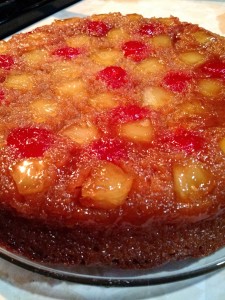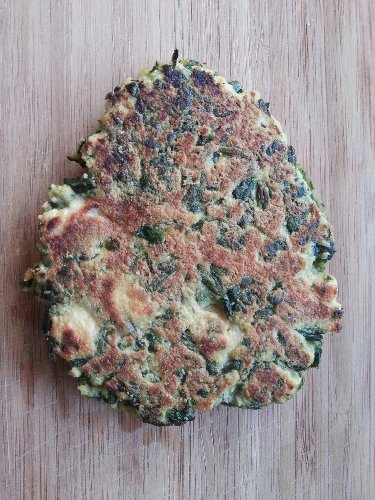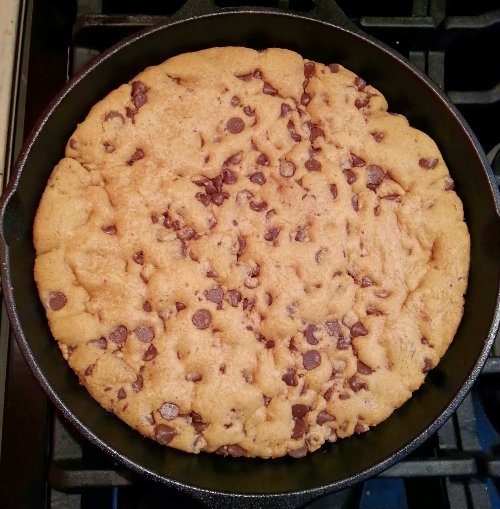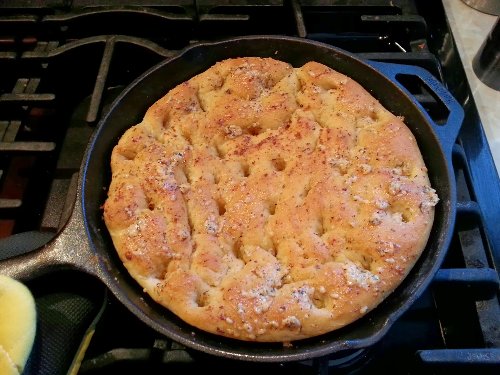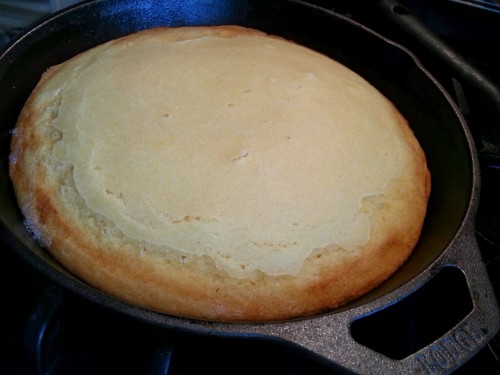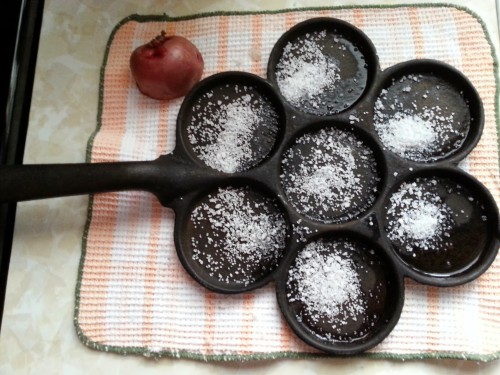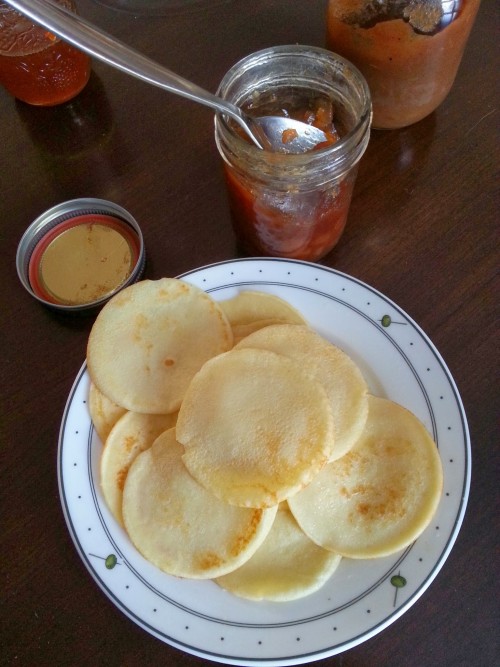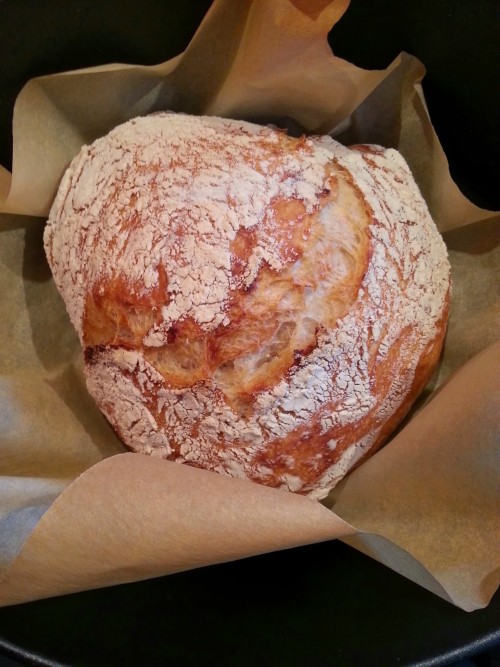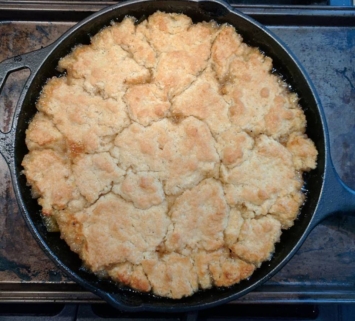
Fresh out of the oven.
I am not a huge fan of rhubarb, but I keep trying. Everyone else seems to like it – in muffins or crumbles or.. whatevers. This recipe called to me, and I had exactly 1 pound of rhubarb in my fridge, so I made some quick changes and popped this into the oven.
I am now fully in love with rhubarb. Or, at least, this recipe. Be forewarned: it’s really sweet and really tart!
Sweet Rhubarb Upside-Down Cake.
Ingredients:
- 1 1/2 cups sugar, divided
- 4 tablespoons unsalted butter (room temperature)
- 1/2 cup of butter (1 stick) and 6 tablespoons butter, cold.
- Zest of one lemon + save the juice (you need 1 tablespoon + 2 teaspoons)
- 2 teaspoons vanilla extract
- 1/2 teaspoon salt, divided
- 1 pound rhubarb, trimmed and cut into 1-inch pieces
- 2 1/2 cups all-purpose flour
- 2 teaspoons baking powder
- 1/3 cup whole milk
- 2eggs, lightly beaten
Directions:
- Heat oven to 375° F.
- Heat a 10″ cast iron skillet over medium. Add in 1 cup of sugar, 4 tablespoons butter (room temp), lemon zest, lemon juice, vanilla, and 1/4 teaspoon of salt. Stir gently while things melt and get goopy.
- When the butter and sugar have melted together, add the rhubarb pieces and cook, stirring occasionally. The rhubarb will give off quite a bit of moisture – that’s okay! Cook until the rhubarb is tender (approx 6 to 8 minutes). Allow to simmer while you complete the next steps.
- In a small bowl, whisk together remaining sugar and salt, plus flour and baking powder in a bowl. Add the cold butter, and use your fingers to rub the flour and butter together to form coarse pea-size chunks.
- Add milk and eggs and stir until a soft, sticky dough forms.
- Turn off the heat underneath the skillet (it’s okay to leave the skillet on the burner, though). Take pieces of dough and stretch them gently – and place over the hot rhubarb mixture. Try to cover the entire surface. It’s okay for dough chunks to overlap – it’s a bit like making rhubarb cobbler! I ended up using only about 2/3rds of the dough because I wanted a bit less cake – if you’d like a thicker cake, use the full amount.
- Put the skillet onto a baking sheet (just in case of overflow!) and put into the centre of the pre-heated oven. Bake until the cake is golden – for a 2/3rds dough, this will be about 25 minutes. For the full dough recipe, expect between 30 and 35 minutes.
- Remove baking sheet and skillet from the oven and let the cake rest for about 10 minutes.
- Place a platter or plate on top of the skillet and invert quickly and carefully. The rhubarb will be gooey and sticky on top. Yay!
- Serve warm or at room temperature!
